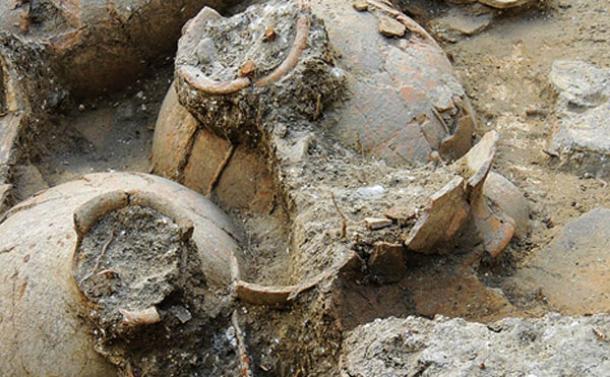Last year, archaeologists discovered a huge hoard of storage vessels in a 6,000 square metre Bronze Age palace at Tel Kabri, located in what is now Israel. Known to be the largest wine cellar to ever be discovered, it is also the oldest known wine cellar within the known East, dating back to between 3,600 and 3,900 years. Now, a new study published in the journal PLOS ONE has revealed the results of an analysis conducted on residue found inside the jars, showing up the biomarkers of wine as well as a complex mixture of herbal additives.
According to an article published in J Space News, ancient alcoholic beverages have shown potential in the fight against both lung and colon cancer. The organic residue analysis using mass spectrometry revealed that the beverage included ingredients and additives such as honey, storax resin, terebinth resin, tartaric and syringic acid, cedar oil, cyperus, juniper, and possibly mint, myrtle, and cinnamon.
“This wasn’t moonshine that someone was brewing in their basement, eyeballing the measurements. This wine’s recipe was strictly followed in each and every jar,” said Brandeis University chemist Andrew Koh. The researchers suggest that humans at the time had a sophisticated understanding of plants and skills necessary to produce a complex beverage that balanced preservation, palatability, and psychoactivity. - See more at: http://www.ancient-origin...
- ·
- Report
- ·
- September 4, 2014 8:29 pm
sounds like something similar to Kombucha, hope it tasted better ![]()










